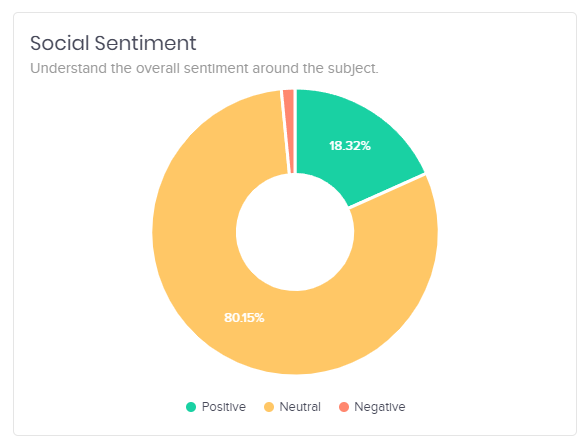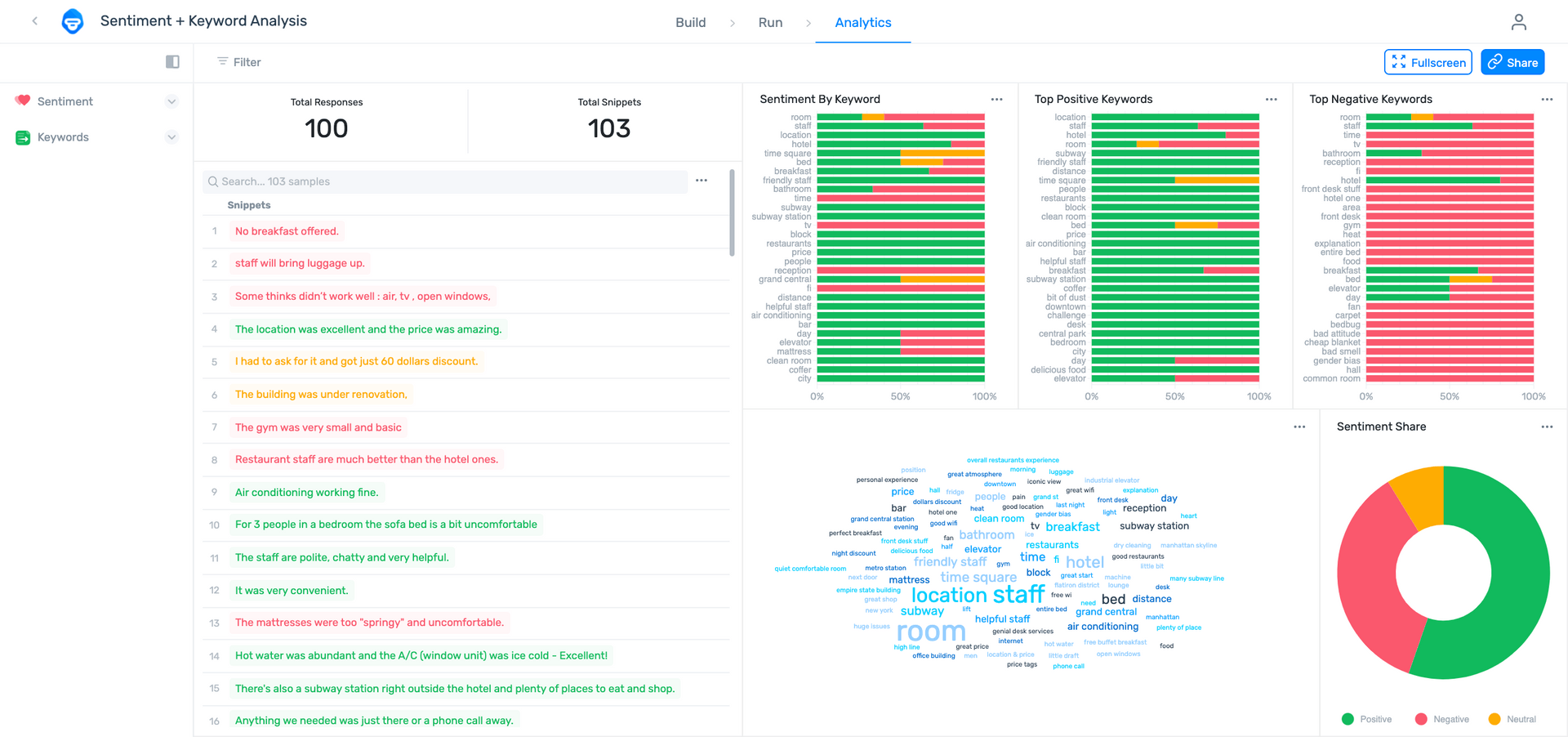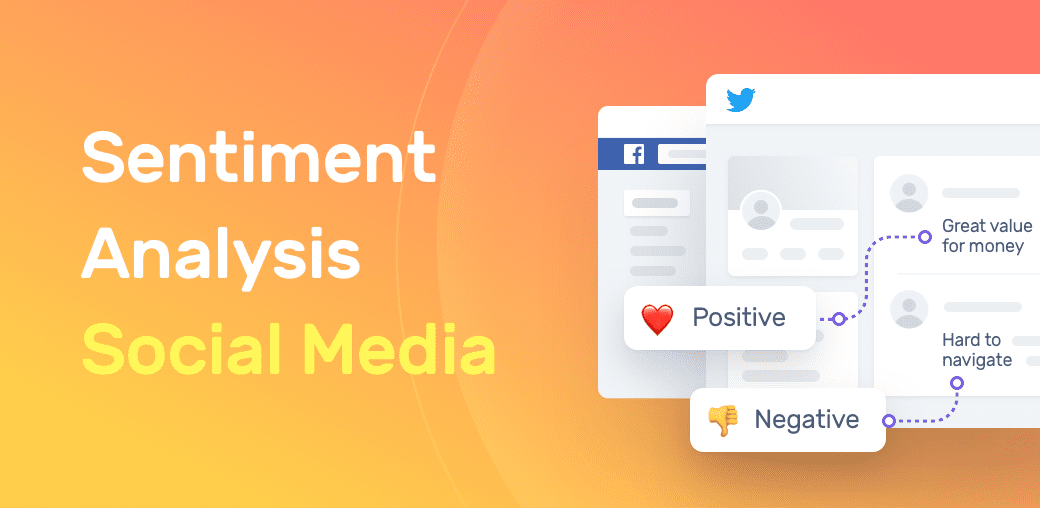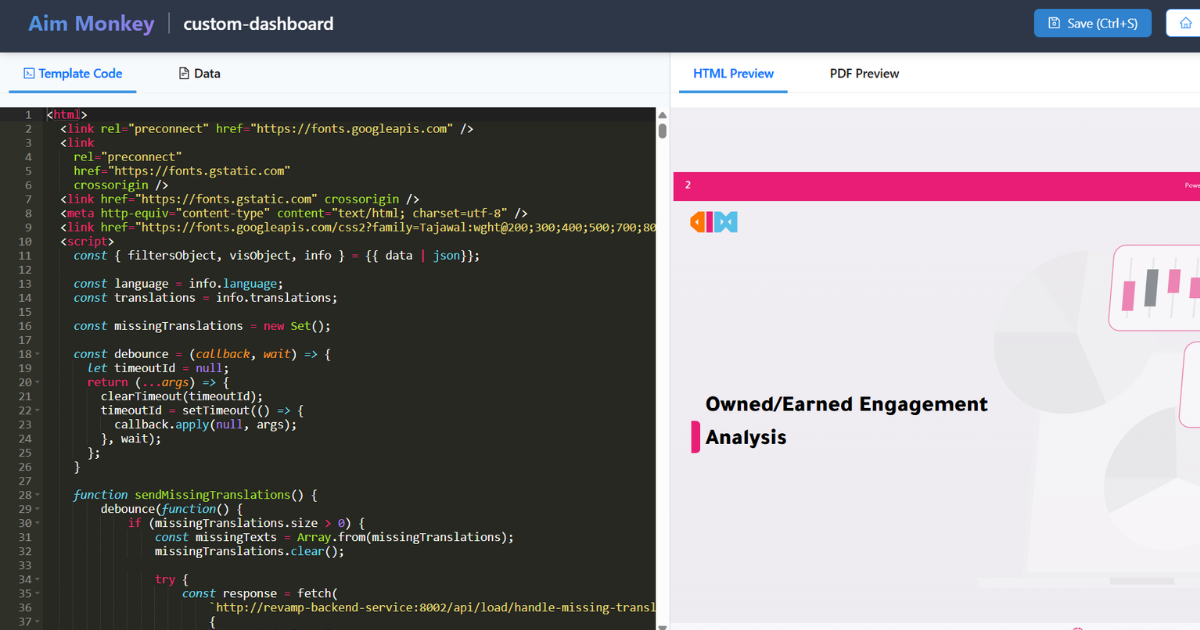Imagine having the ability to gauge the collective sentiment of millions of social media users in real-time. Social media sentiment analysis enables just that, providing organizations and individuals with valuable insights into public opinions and emotions expressed on various social media platforms. In this article, we will delve into the world of social media sentiment analysis, exploring its methods, applications, challenges, and future trends.
Understanding Social Media Sentiment Analysis

Sentiment analysis, also known as opinion mining, is a process that involves determining the emotional tone and attitude expressed in a piece of text. It involves automatically categorizing text as positive, negative, or neutral, to assess the overall sentiment conveyed. In the context of social media sentiment analysis, the focus is on analyzing sentiments expressed on social media platforms.
Importance of sentiment analysis in social media
Social sentiment analysis offers numerous benefits for individuals and organizations alike. It provides valuable insights into customer opinions, enabling companies to better understand their target audience, improve products and services, and enhance customer satisfaction. Additionally, sentiment analysis can help identify emerging trends, evaluate brand reputation, manage public relations, and monitor customer feedback and sentiments during a crisis.
Methods and Techniques for Social Media Sentiment Analysis
Various methods and techniques are employed for social media sentiment analysis. Let’s explore some of the common approaches:
Rule-based approaches
- Rule-based approaches involve creating a set of predefined rules and heuristics to classify text based on predefined sentiment indicators, keywords, or linguistic patterns. While these approaches can be effective for simple sentiment analysis tasks, they often struggle with the complexity and ambiguity of social media content.
Machine learning techniques
- Machine learning techniques involve training models on labeled datasets to recognize patterns and make predictions. Supervised machine learning algorithms, such as Naive Bayes, Support Vector Machines, and Random Forests, are commonly used for sentiment analysis. These models learn from labeled data and can classify new text based on the patterns observed during training.
Natural language processing (NLP)
- NLP techniques play a crucial role in social sentiment analysis. They help with tasks such as text preprocessing, part-of-speech tagging, word sense disambiguation, and sentiment lexicon construction. NLP allows for a deeper understanding of the textual content and helps uncover the nuances of sentiment expressed in social media posts.
Applications of Social Media Sentiment Analysis

Social sentiment analysis finds applications across various domains. Let’s explore some of its key applications:
Brand reputation management
- By monitoring social media sentiments surrounding a brand, businesses can gain insights into how their brand is perceived by the public. Sentiment analysis helps identify positive or negative sentiment spikes, enabling proactive reputation management and timely response to customer concerns.
Customer feedback analysis
- Social media platforms serve as a channel for customers to express their opinions and provide feedback. Sentiment analysis allows businesses to analyze customer feedback at scale, identify common pain points, and make data-driven improvements to their products and services.
Market research and trend analysis
- Social media platforms are a goldmine of consumer insights. Sentiment analysis helps identify emerging trends, consumer preferences, and sentiments toward products or services. This information can guide market research efforts, inform product development strategies, and support data-driven decision-making.
Crisis management
- During a crisis or a public relations incident, social media sentiment analysis can help organizations monitor the sentiment of the public and key stakeholders. This real-time information allows companies to gauge the impact of the crisis, identify potential reputational risks, and respond effectively to mitigate damage.
Challenges and Limitations of Social Media Sentiment Analysis
While social sentiment analysis offers valuable insights, it also comes with its fair share of challenges. Some of the key challenges include:
Contextual understanding
- Understanding sentiment in social media posts requires considering the context in which they are shared. The same words or phrases can have different meanings based on the surrounding content. Sentiment analysis models need to account for this context to provide accurate results.
Language nuances and sarcasm
- Social media is rich with sarcasm, irony, and figurative language, which can be challenging for sentiment analysis models to interpret accurately. Understanding subtle nuances and capturing the intended meaning behind the text is an ongoing challenge for sentiment analysis researchers.
Handling emojis and emoticons
- Emojis and emoticons play a significant role in expressing emotions in social media posts. However, interpreting their sentiment can be tricky, as their meaning may vary based on cultural and contextual factors. Sentiment analysis models need to incorporate techniques that can effectively handle these visual cues.
Dealing with data volume and velocity
- Social media platforms generate an enormous volume of data in real-time. Sentiment analysis models must be capable of processing and analyzing this data quickly and efficiently to provide timely insights. Scaling sentiment analysis algorithms to handle the bursty nature of social media data is an ongoing area of research.
Best Practices for Effective Sentiment Analysis

To ensure accurate and meaningful results from social sentiment analysis, following best practices is crucial. Consider the following guidelines:
Define the scope and objective
- Clearly define the scope and objective of your sentiment analysis project. Determine the specific aspects of sentiment you want to analyze, whether it’s overall sentiment, specific emotions, or aspects related to your business or industry.
Choose the right data sources
- Select relevant social media platforms and data sources that align with your target audience and research objectives. Different platforms cater to different demographics and user behaviors, so understanding your audience and their preferred platforms is essential.
Preprocess the data
- Clean and preprocess the social media data before sentiment analysis. This involves removing noise, and irrelevant content, and identifying and handling user-generated content peculiarities such as misspellings, abbreviations, and hashtags.
Select appropriate sentiment analysis tools
- Leverage existing sentiment analysis tools and libraries that align with your project requirements. These tools can assist in sentiment classification, feature extraction, and sentiment lexicon creation. Consider using pre-trained models or training your models on domain-specific data for improved accuracy.
Validate and fine-tune the results
- Evaluate the performance of your sentiment analysis model through manual annotation and validation. Fine-tune the model based on the feedback and iteratively improve its performance. Continuous evaluation and refinement are key to obtaining reliable results.
Future Trends in Sentiment Analysis
The field of social media sentiment analysis is continuously evolving. Here are some exciting future trends to look out for:
Integration of deep learning techniques
- Deep learning approaches, such as convolutional neural networks (CNNs) and recurrent neural networks (RNNs), hold promise for improving sentiment analysis accuracy. These techniques can capture complex patterns and semantic relationships in a social media text, enhancing the understanding of sentiment.
Multilingual sentiment analysis
- As social media connects people from around the world, sentiment analysis needs to adapt to different languages. Developing effective multilingual sentiment analysis models will enable organizations to analyze sentiments across diverse global audiences.
Real-time sentiment monitoring
- Real-time sentiment analysis will become increasingly important for organizations to stay updated on public sentiment as it unfolds. By monitoring sentiments in real-time, companies can proactively respond to emerging issues and capitalize on time-sensitive opportunities.
Sentiment analysis for video and audio content
- With the growing popularity of video content on social media, sentiment analysis will expand beyond textual data. Techniques for analyzing sentiments expressed in videos and audio recordings will become more prevalent, opening new avenues for understanding online emotions.
Conclusion
Social media sentiment analysis empowers organizations to tap into the wealth of online sentiments and make data-driven decisions. By understanding the sentiment and emotions expressed by social media users, businesses can improve brand reputation, enhance customer satisfaction, identify market trends, and manage crises effectively. However, challenges such as contextual understanding, language nuances, and data volume persist.
To unlock the true potential of social media sentiment analysis for your business, consider partnering with AIM Technologies. Our advanced sentiment analysis solutions utilize cutting-edge techniques and technologies to provide accurate and actionable insights. Request a demo today to see how AIM Technologies can help you harness the power of social media sentiments for your organization.




